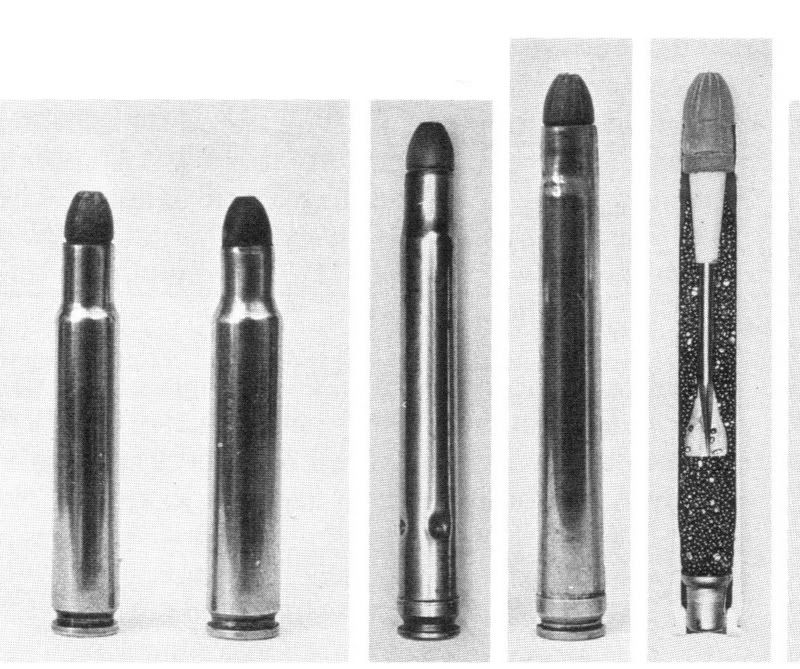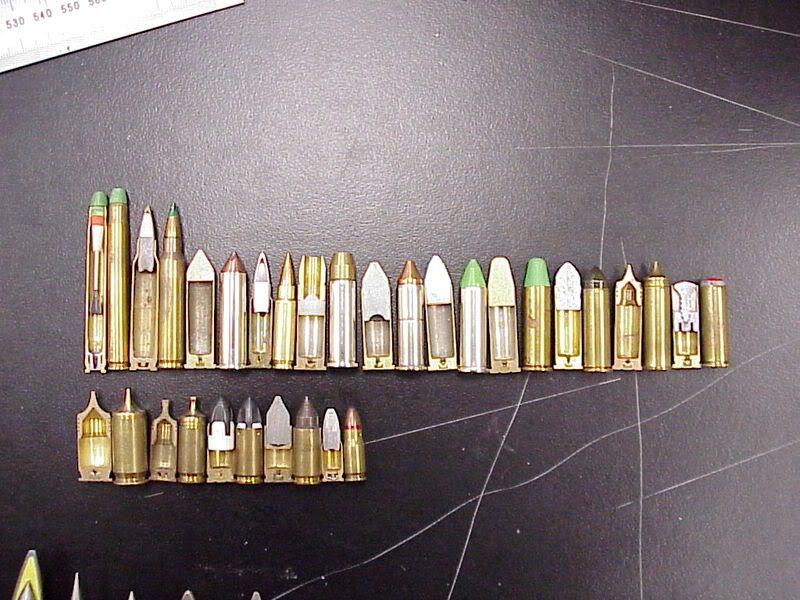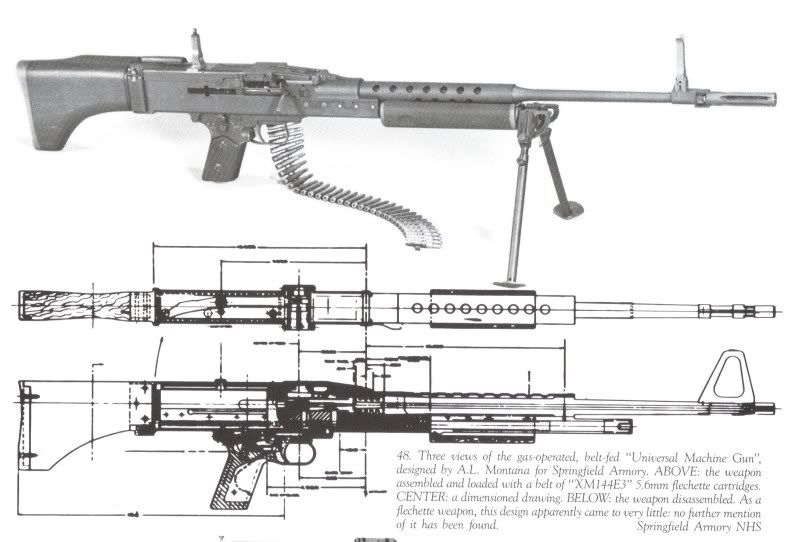InigoMontoya
New member
Backstory: At my office we have a division devoted to guns. One of the graybeards (since retired) had an inert cartridge sitting on his desk. I'd never seen anything like it before so I asked him about it. He said that the cartridge had been in his desk when he got it and that's all he knew about it. I asked him if he minded if I took a picture of it because I really wanted to know what it was. He didn't mind. I took the picture....
...That was probably 10 years ago. I still have no idea *** the round is. Nobody I've ever talked to has any idea. What I recall from my efforts...
Bullet is 5.56 mm.
Case is too long to be 5.56 NATO. Besides, the shoulder isn't pronounced enough.
Obviously, it was intended to be belt fed...with a PLASTIC belt!
Anybody have a clue?
...That was probably 10 years ago. I still have no idea *** the round is. Nobody I've ever talked to has any idea. What I recall from my efforts...
Bullet is 5.56 mm.
Case is too long to be 5.56 NATO. Besides, the shoulder isn't pronounced enough.
Obviously, it was intended to be belt fed...with a PLASTIC belt!
Anybody have a clue?




